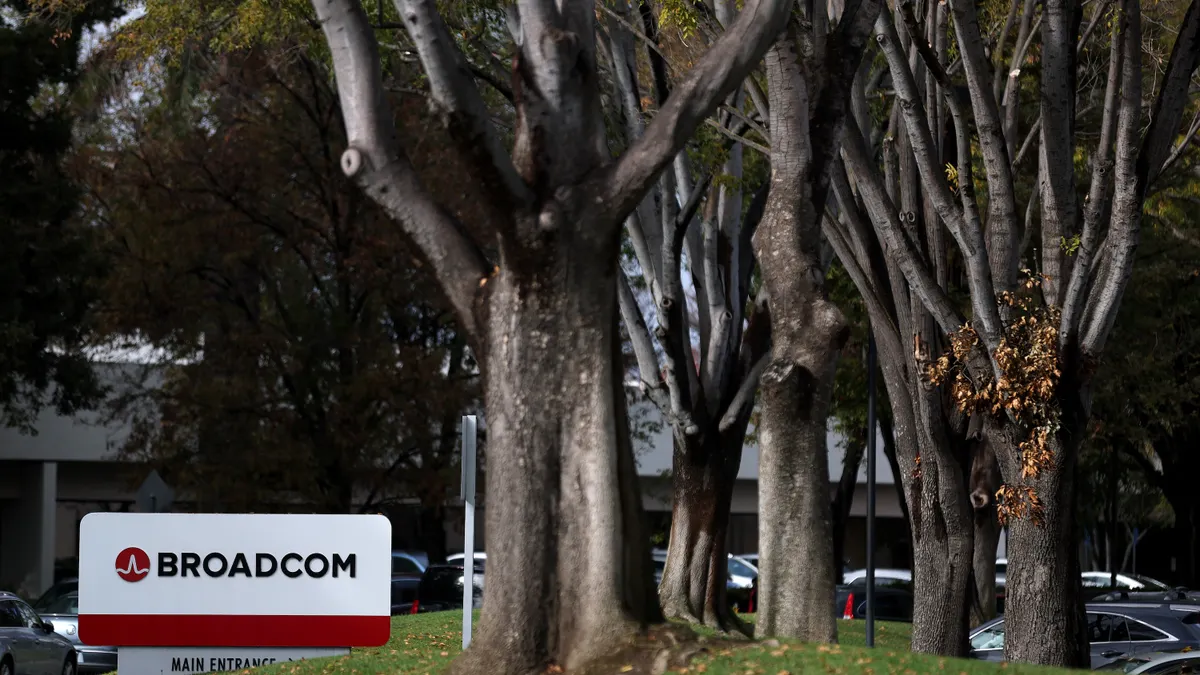The open source movement has seen dramatic growth in popularity over the last few years. Because it encourages crowdsourcing and collaboration, open source has opened the doors for amateurs and professionals alike to help make software faster than ever before. And because it offers advantages — in terms of cost, control and innovation — experts predict open source tools will soon be a much higher percentage of every organization’s IT environment.
Traditionally, open source technology applied to software, but a few years ago social media giant Facebook started looking into an open source approach to infrastructure.
It’s no secret that the typical data center is not exactly "green." As the New York Times puts it, most data centers, by design, "consume vast amounts of energy in an incongruously wasteful manner." And growing demand for computing power from consumers, businesses and government agencies translates to increased demand for energy-consuming data centers. In fact, many data centers in Silicon Valley appear on the state government’s Toxic Air Contaminant Inventory, a listing of top diesel polluters.
Facebook started searching for ways to scale its computing infrastructure in an efficient and economical way without adding to the pollution problem. From this idea, a small group of Facebook engineers started work on what is now the Open Compute Project.
What is Open Compute?
The Open Compute Project is an open source approach to creating the most efficient computing infrastructure possible.
A team of three Facebook engineers started working on the project in 2011. The team designed a prototype data center—including custom-designed servers, power supplies, server racks and battery backup systems—from the ground up in Facebook’s California headquarters. Then, a few months later, the group started building a completely new data center in Prineville, Oregon based on their new energy-efficient designs. Today, the Prineville data center uses 38% less energy to do the same work as Facebook’s existing facilities. And, it costs 24% less.
Clearly, Facebook was on to something. But instead of hiding it, they wanted to share it. Making the hardware they developed open source meant engineers could collaborate, problems could be addressed faster and new tech could be invented more quickly. Best of all, everyone could share in the results.
"Opening the technology means the community will make advances that we wouldn’t have discovered if we had kept it secret," according to the Open Compute Project.
"Creating a data center that is open infrastructure is a great vision," said Dr. James Stanger, senior director of product management for CompTIA. "This kind of open architecture makes data centers easier to support and easier to build."
Disrupting the data center hardware industry
The data center computer hardware industry is worth $141 billion, according to Gartner, so some companies may not eagerly support the Open Compute Project.
While several large financial companies and technology leaders—like HP, Apple and Microsoft—are supporting Open Compute, companies like Google have been less excited about the effort.
Urs Hölzle, Google’s top hardware-infrastructure executive, has downplayed the significance of Open Compute.
"I think in the long term it’s less important because most people should not use their own racks even if it’s Open Compute,” Hölzle said in 2015, according to Business Insider. “It solves a short-term problem, so for a while it will be relevant because there are a lot of legitimate use cases where you don’t have another choice. In that sense, it competes with the Dells of the world ... It will be relevant only for the very, very large companies—for the Facebooks, the Ebays, the Microsofts."
But given the project’s potential to reduce pollution, improve computing power and reduce costs for businesses, it’s not surprising more companies are getting onboard. Since the project launched in 2011, it has saved Facebook $2 billion.
"One of the key issues here is how can you be green friendly and business friendly at the same time?" said Stanger. "This can save companies tons of money because (the Open Compute project) is realizing efficient ways to handle the heating issues. Traditional data center hardware generates a tremendous amount of heat and noise. But the open data center design principles improve how heat is handled, which ultimately reduces pollution as well."
Overall, the effort appears to have more supporters than cynics. Even Cisco recently changed its tune and got behind Open Compute, which is telling, Stanger said.
"Ten years ago, Cisco would have said, 'Open what? Come on. We own the data center.' But with the advent of cloud, Cisco realizes it cannot be all things to everybody," Stanger said. "I think they're seeing that they can't dominate that market anymore. Instead of sticking their head in the sand, they're saying, 'Okay, let's go in and open this thing up.'"




















